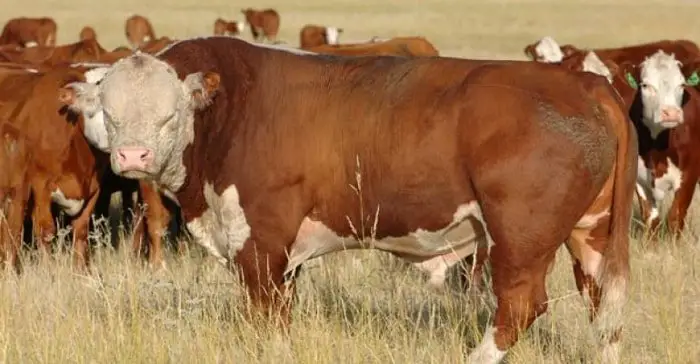

– fed in drylot on 83% grass hay, 17% concentrate (DLO).Īfter the development period, all groups were combined and managed in drylot on the DHI diet for 35 days. – fed in drylot on 74% grass hay, 26% concentrate (DHI)
#Beef animal age plus#
– graze corn residue for approximately 90 days and then graze upland range, plus 1 lb/dayĭistillers-based supplement on residue and range (CR) – graze upland range, plus 1 lb/day distillers-based supplement (RNG) Over three years, 300 spring-born Angus-based crossbred heifers averaging 511 lb were developed for approximately 160 days after weaning on one of three systems: Also, carcasses with Slight marbling can be graded Select only if A maturity.ĮFFECTS OF VARYING POST-WEANING HEIFER DEVELOPMENT SYSTEMS But carcasses with Small amount of marbling can be graded Choice only if A maturity. Note: Carcasses of either A or B maturity can be graded Choice if amount of marbling is Modest or Moderate (upper 2/3 Choice amount, minimum for many branded beef programs). Whether determined by dentition or documented age, A maturity will be established without estimating physiological age, except that “any carcasses exhibiting advanced skeletal maturity (D and E maturity, older than 96 months of age) will not be eligible for Prime, Choice, Select, or Standard grade”.

Another method will be by “documentation of age as verified through USDA-approved programs and by USDA-Food Inspection Service at the slaughter facility”. USDA-Food Inspection Service “deems cattle to be 30 months of age and older if at least one of the second set of permanent incisors has erupted (the first set of permanent incisors of cattle erupt from 24 through 30 months of age)”. Recently, two other methods have been approved for establishing A-category carcass maturity.

Carcasses from cattle estimated to be from 9 to 30 months of age are A maturity B maturity is from 30 to 42 months. USDA grades divide maturity into five categories. Indicators of physiological age are bone characteristics, ossification of cartilage, and color and texture of ribeye muscle. Maturity in this application has been estimation of physiological age rather than actual chronological age. USDA APPROVES ADDITIONAL METHODS OF DETERMINING CARCASS MATURITY FOR QUALITY GRADINGĮvaluation of maturity is part of USDA grading of beef for quality.


 0 kommentar(er)
0 kommentar(er)
